 Oregon’s plastics recycling business goes global, and the pioneering work of a recycled plastics lumber researcher is chronicled.
Oregon’s plastics recycling business goes global, and the pioneering work of a recycled plastics lumber researcher is chronicled.

 Oregon’s plastics recycling business goes global, and the pioneering work of a recycled plastics lumber researcher is chronicled.
Oregon’s plastics recycling business goes global, and the pioneering work of a recycled plastics lumber researcher is chronicled.
 Plastic foam isn’t going out of style, and one forecast predicts steady growth in the global recycled plastics market.
Plastic foam isn’t going out of style, and one forecast predicts steady growth in the global recycled plastics market.
 Dow officials say more brands are beginning to adopt its recently released stand-up pouch, which is made from one polymer and is recyclable through retail bag drop-off locations.
Dow officials say more brands are beginning to adopt its recently released stand-up pouch, which is made from one polymer and is recyclable through retail bag drop-off locations.
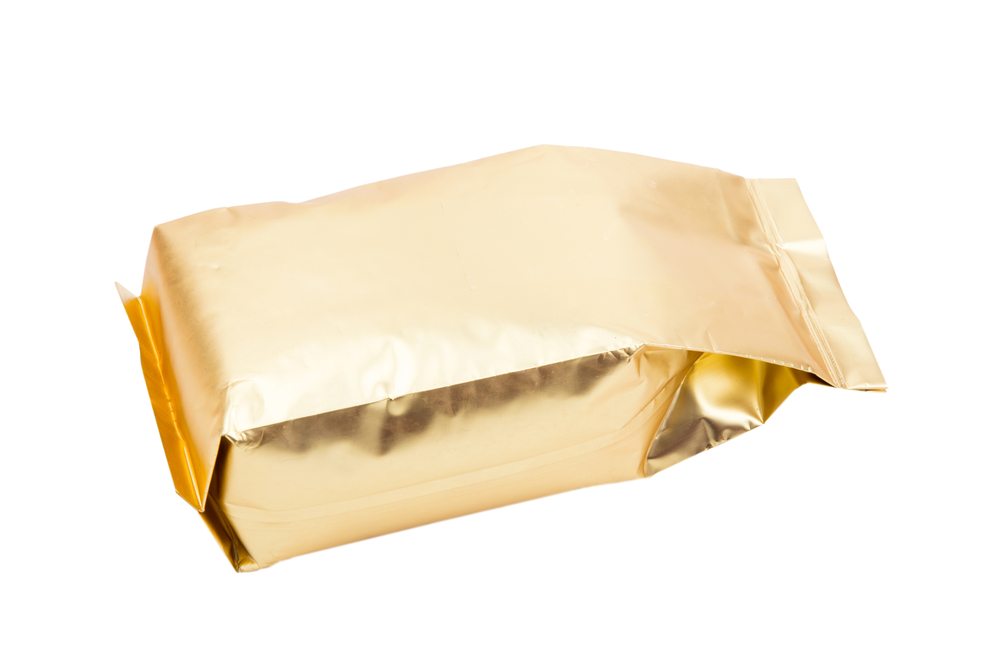 Existing sortation equipment at materials recovery facilities could potentially be used to create bales of flexible film packaging, a study found. And an industry group is targeting the material with a grant program.
Existing sortation equipment at materials recovery facilities could potentially be used to create bales of flexible film packaging, a study found. And an industry group is targeting the material with a grant program.
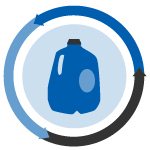 ExxonMobil is part of a project developing a type of flexible film that could be more easily integrated into the PE collection stream, and a detergent bottle maker focuses on recycled HDPE.
ExxonMobil is part of a project developing a type of flexible film that could be more easily integrated into the PE collection stream, and a detergent bottle maker focuses on recycled HDPE.
 A facility near London is using a new baffled oscillation technology to separate PP and PE in a water tank, and a study says more rPET could be used in hot-fill containers.
A facility near London is using a new baffled oscillation technology to separate PP and PE in a water tank, and a study says more rPET could be used in hot-fill containers.
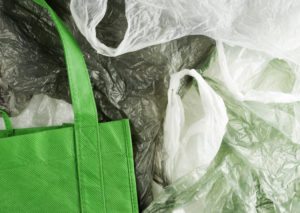 Novolex, a company that makes and recycles plastic bags, has been sold to The Carlyle Group, an investment firm based in Chicago.
Novolex, a company that makes and recycles plastic bags, has been sold to The Carlyle Group, an investment firm based in Chicago.
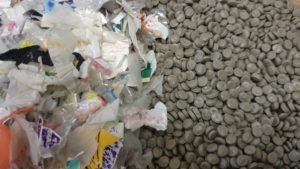 The Reflex project successfully demonstrated flexible film packaging could be recycled into items such as boxes and crates or drainage pipes. That was one of the successes of the two-year research effort, according to the project coordinator.
The Reflex project successfully demonstrated flexible film packaging could be recycled into items such as boxes and crates or drainage pipes. That was one of the successes of the two-year research effort, according to the project coordinator.
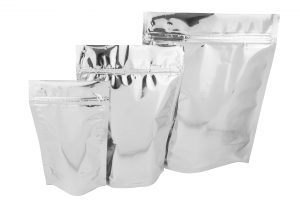 A group that includes major consumer brands wants to connect with a sorting facility to help advance the recovery of a material that is often sent to disposal.
A group that includes major consumer brands wants to connect with a sorting facility to help advance the recovery of a material that is often sent to disposal.
Continue Reading
 A team trying to find recycling solutions for multi-material laminated packaging will explore pilot program opportunities next year. It also plans to publish a report evaluating options for recycling flexible films.
A team trying to find recycling solutions for multi-material laminated packaging will explore pilot program opportunities next year. It also plans to publish a report evaluating options for recycling flexible films.
